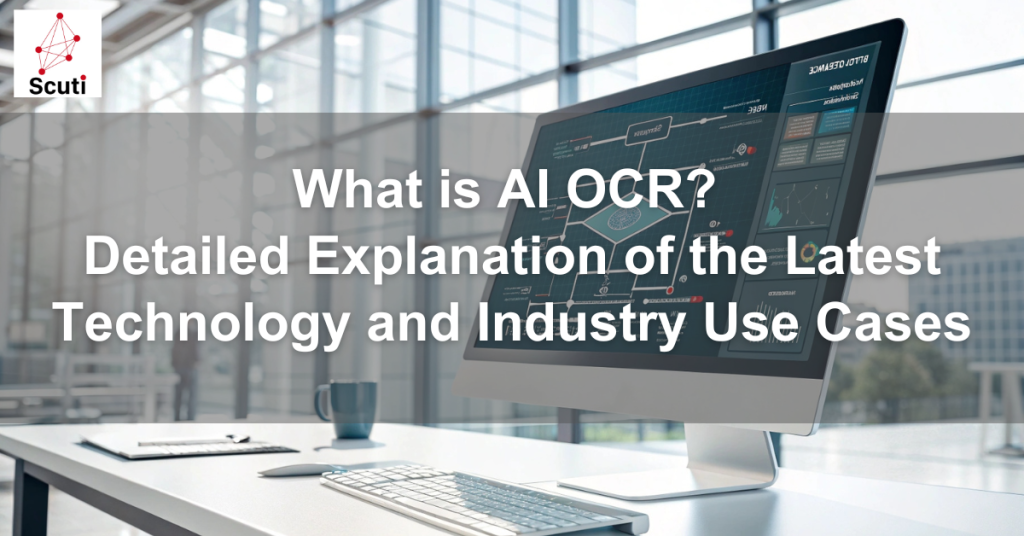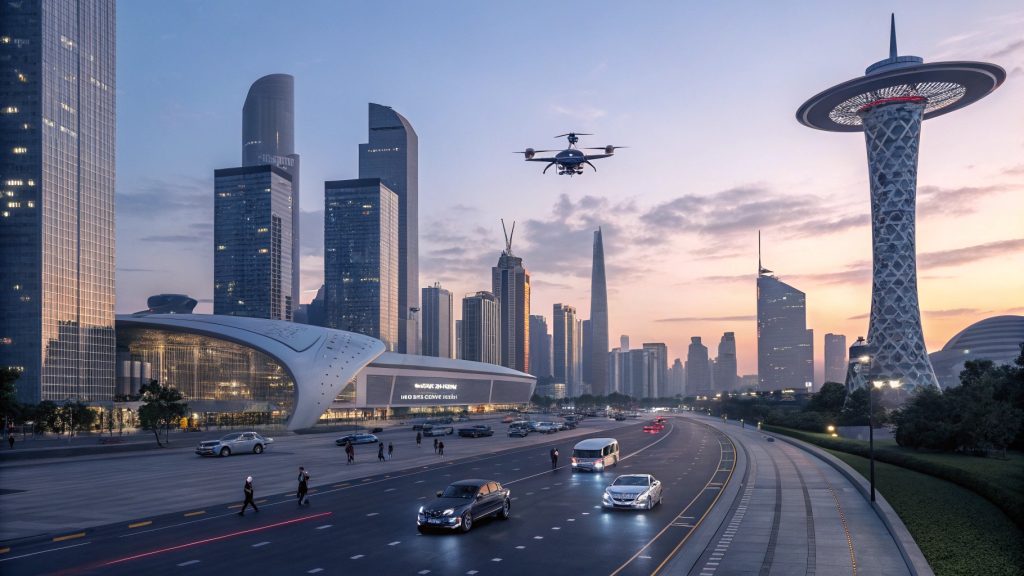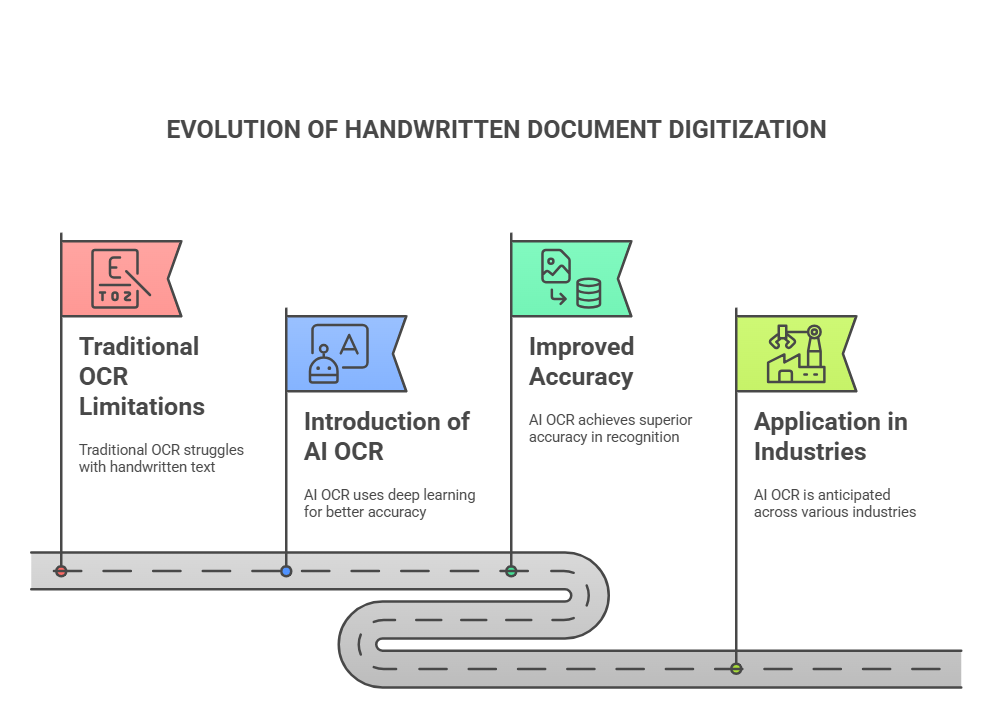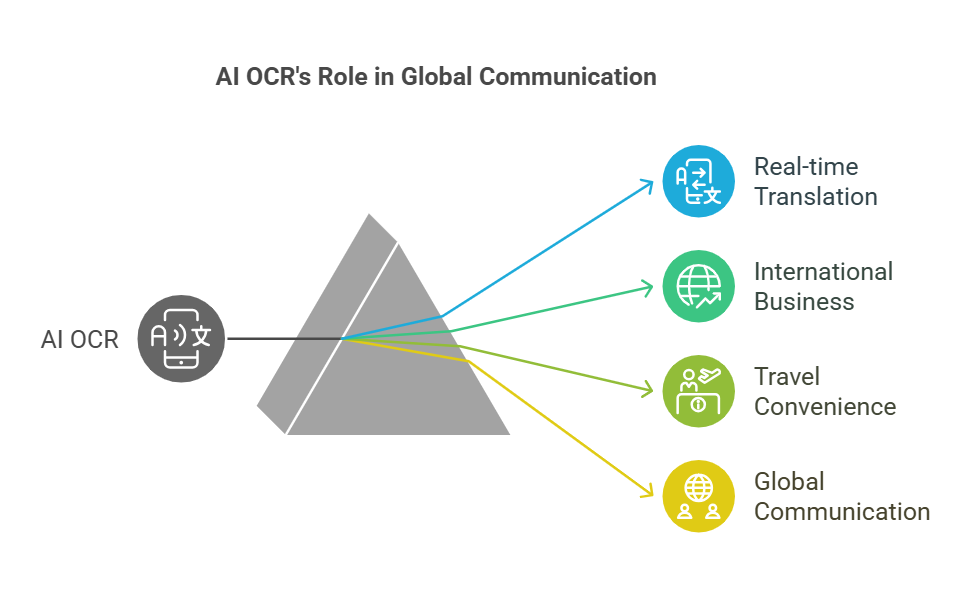
Hello, I am Kakeya, the representative of Scuti.
Our company specializes in services such as offshore development and lab-type development in Vietnam, as well as generative AI consulting. Recently, we have been fortunate to receive numerous requests for system development in collaboration with generative AI.
Have you ever heard the term “AI OCR”? As many companies and individuals strive to digitize paper documents, AI OCR plays a significant role. Traditional OCR technologies have limitations in terms of accuracy and scope, leaving many users dissatisfied with their performance. However, AI OCR overcomes these challenges, enabling more advanced character recognition and data processing. For those interested in AI OCR, understanding its mechanisms, practical use cases, and future prospects must be fascinating.
In this article, we will delve into what AI OCR is, covering its basic mechanisms, specific use cases across various industries, and the future of AI OCR.
Basic Knowledge of AI OCR

What is AI OCR? Its Evolution and History
AI OCR stands for Optical Character Recognition, a technology that recognizes characters from images or scanned documents and converts them into digital data. OCR technology first emerged in the late 19th century, initially limited to simple character recognition. By the 1960s, it could recognize standardized characters, and the second generation enabled recognition of both machine-printed and handwritten characters. By the mid-1970s, its ability to process low-quality documents and various character types improved, leading to broader adoption.
In modern times, advancements in AI, particularly in machine learning and deep learning, have driven significant evolution in OCR technology. As a result, AI OCR can now recognize diverse fonts, handwritten characters, and multiple languages, surpassing the limitations of traditional OCR. AI OCR goes beyond simple character recognition, enabling document-wide understanding and context-based data processing, greatly contributing to business efficiency. Moreover, with the progress of digitalization, AI OCR has found applications across various industries, dramatically improving business workflows.
Detailed Mechanism of AI OCR
The mechanism of AI OCR integrates AI into traditional OCR technology, significantly enhancing the accuracy and flexibility of character recognition. Specifically, it consists of the following steps:
- Scanning: Documents are scanned at high resolution and captured as image data. High-quality scanning directly impacts the accuracy of subsequent processes.
- Preprocessing: Noise is removed from the scanned images, and text orientation is corrected. Background removal and contrast adjustment are also performed to make the text clearer.
- Segmentation: Images are divided into units such as characters or lines, making them easier to recognize. This improves the efficiency of the subsequent recognition process.
- Feature Extraction: Using deep learning models (e.g., CNN: Convolutional Neural Networks), features are extracted from each segment. This step allows accurate recognition of patterns in various fonts and handwritten characters.
- Recognition: Using a pre-trained model, characters and words are identified from the extracted features. AI learning enables the recognition of complex characters and multiple languages, which were challenging for traditional OCR.
- Output Refinement: Based on the recognition results, errors are corrected to improve the fluency and consistency of the text in context. Formatting adjustments are also made to align with the original document layout.
This series of processes enables AI OCR to achieve high-accuracy and efficient character recognition, adaptable to various applications. By implementing AI OCR, companies can reduce the manual effort required for data entry and streamline their operations.
The Evolution of OCR and the Emergence of AI OCR

Evolution from Traditional OCR to AI OCR: History and Background
Historical Development of OCR
OCR (Optical Character Recognition) originated in the 1920s with a statistical machine developed by physicist Emanuel Goldberg. Later, OCR became practical in the 1960s, with applications in postal code recognition and bank check processing. It played a critical role in industries such as finance and postal services, significantly improving efficiency compared to manual operations.
The Need for AI OCR
While traditional OCR excelled at recognizing standard printed characters, it faced the following challenges:
- Accuracy degraded with low-resolution or noisy images.
- It could not handle handwritten characters or non-standard fonts.
- It was limited to simple pattern recognition, lacking contextual understanding.
To overcome these challenges and adapt to diverse data sources, AI OCR, which integrates AI technology, was developed.
Technical Differences Between Traditional OCR and AI OCR
Algorithm Differences
- Traditional OCR: Relied on static pattern matching, comparing characters against an existing font database.
- AI OCR: Utilizes machine learning and deep learning to accommodate diverse character shapes and layouts, achieving high accuracy even with handwritten text and complex arrangements.
Learning Ability and Adaptability
- Traditional OCR: Based on static templates, making it difficult to adapt to new fonts or formats.
- AI OCR: Capable of continuous learning, improving performance through additional datasets.
Contextual Understanding
- Traditional OCR: Recognized words individually, without contextual understanding.
- AI OCR: Integrates Natural Language Processing (NLP) to infer context and correct ambiguous characters.
Advantages and Disadvantages of Traditional OCR and AI OCR
Traditional OCR
- Advantages:
- Low-cost integration into systems.
- High accuracy for standard printed fonts (80–95%).
- Disadvantages:
- Struggles with handwritten characters and special fonts.
- Accuracy drops with noisy or low-resolution images.
- Cannot account for context, leading to frequent misrecognitions.
AI OCR
- Advantages:
- Recognizes handwritten characters and complex layouts with high accuracy.
- Corrects misrecognitions using contextual understanding.
- Performance improves continuously through machine learning.
- Disadvantages:
- Higher implementation and operational costs.
- Requires specialized expertise.
- Dependent on data quality.
Applications of AI OCR

Automation of Data Entry for Operational Efficiency
AI OCR significantly contributes to the automation of data entry tasks. For instance, in digitizing business documents such as invoices and order forms, AI OCR helps reduce manual input errors and dramatically improves processing speed.
This allows companies to allocate human resources to other critical tasks, enhancing overall operational efficiency. Additionally, the ability to process large volumes of data in a short time makes it highly effective in business environments that demand swift decision-making.
Moreover, by improving data accuracy, AI OCR plays a key role in enhancing corporate reliability. Its implementation enables companies to significantly streamline workflows, reduce costs, and improve customer satisfaction.
High-Accuracy Processing of Handwritten Documents
Traditional OCR technology struggled with recognizing handwritten text, resulting in many handwritten documents not being accurately digitized. However, AI OCR, leveraging deep learning, has greatly improved the accuracy of recognizing handwritten text and cursive writing.
This advancement allows for the precise digitization and integration of handwritten documents such as surveys and application forms into databases. AI OCR achieves superior accuracy even in handwritten character recognition, surpassing traditional technologies, and its use is highly anticipated across various industries.

Support for Multilingual Translation
AI OCR is also utilized in the field of multilingual translation. For instance, the Google Lens app offers a feature that recognizes text captured by a smartphone camera in real-time and instantly translates it. This allows users to instantly understand foreign documents or signs, making it highly convenient for international business and travel.
Furthermore, multilingual AI OCR is an essential tool for globally operating companies. Its multilingual capabilities facilitate smooth international communication and serve as a critical component in supporting business globalization.

Efficiency and Automation in the Logistics Industry
AI OCR is widely utilized in the logistics industry. For example, it can automatically read the IDs of shipping containers to streamline inventory management or recognize package destinations to determine optimal delivery routes automatically. This leads to faster logistics processes, cost reduction, and improved customer satisfaction.
Additionally, leveraging AI OCR reduces human errors, enables real-time data updates, and enhances overall operational transparency. Implementing AI OCR in the logistics sector is a crucial step not only for improving operational efficiency but also for enhancing service quality.
Error Correction Based on Context
AI OCR has the ability to analyze not only the shapes of characters but also the surrounding context to correct recognition errors. Here are specific examples:
- Order Form Analysis: Distinguishing between the digit “1” and the lowercase letter “l” is often challenging for traditional OCR. However, AI OCR understands context—for instance, interpreting “Order Number 12345” as a numeric “1” and “Product Name Line X” as an alphabetic “l.” By leveraging contextual information, AI OCR significantly reduces recognition errors.
- Automated Invoice Processing: In invoices, items (e.g., “Total Amount”) are associated with adjacent values (e.g., “¥10,000”). AI OCR links “Total Amount” with “¥10,000” contextually, avoiding misclassifying the value under unrelated items (e.g., “Tax Rate”). This ensures accurate data extraction even with complex document structures.
Processing Complex Document Layouts
AI OCR excels in processing documents with mixed data formats, such as text, tables, and images. Below are examples:
- Contract Processing: Contracts often include textual descriptions, fee tables, and annotations. AI OCR identifies and separates these elements, accurately extracting specific information like “Total Amount” or “Contract Period” from fee tables and registering them into databases. Even with multi-page documents containing varied layouts, AI OCR adapts to each page’s structure for optimal processing.
- Technical Specifications Analysis: Technical specifications frequently include bullet points, diagrams, and long explanatory texts, which are challenging for traditional OCR to process uniformly. AI OCR can parse hierarchical structures in bullet points, read labels in diagrams, and integrate them into datasets. For instance, it can extract required parameters from specifications and directly reflect them in project management tools, enabling efficient digital organization.
Challenges and Future of AI OCR

Current Challenges
Although AI OCR is rapidly evolving, several challenges remain:
- Image Quality: Low-quality images, such as those with low resolution, poor lighting, or blurred scans, can lead to reduced recognition accuracy.
- Special Fonts and Languages: Recognizing uncommon fonts or languages remains difficult, especially for non-Latin scripts and intricate fonts, which results in lower recognition rates.
- Privacy and Security: Privacy and security concerns are critical when processing documents containing sensitive information. Ensuring robust security measures is essential to protect data.
To overcome these challenges, further advancements in technology and enhanced security protocols are necessary. Addressing these issues will enable more businesses to adopt AI OCR with confidence.
Future Prospects of AI OCR
With advancements in AI technology, AI OCR is expected to become increasingly sophisticated in the future:
- Improved Accuracy: As deep learning and neural networks continue to evolve, AI OCR will be able to recognize more complex documents and handwritten text with even greater accuracy.
- Integration with Other Technologies: AI OCR will likely integrate with other technologies, such as image recognition and natural language processing, enabling document content understanding and automatic classification.
- Accelerated Digital Transformation: AI OCR will play a vital role as more businesses digitize their workflows, contributing to enhanced operational efficiency, cost reduction, and improved customer satisfaction.
Furthermore, integration with cloud computing will improve scalability and accessibility, making AI OCR more widely available to businesses and users. The future of AI OCR holds the potential to enrich our lives and businesses, driven by ongoing technological advancements.
Conclusion

AI OCR is an innovative technology made possible by advancements in AI, showcasing its capabilities in various fields such as automating data entry, high-accuracy processing of handwritten documents, and multilingual translation. These applications significantly enhance the efficiency of our lives and businesses, contributing to workflow improvements and cost reductions.
As AI OCR continues to evolve, further improvements in accuracy and the exploration of new application areas are anticipated. By staying attuned to developments in AI OCR and leveraging its potential to the fullest, businesses can be elevated to the next level.
